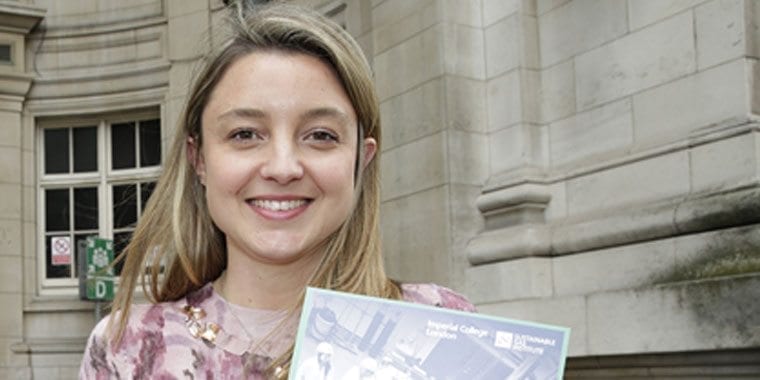
The time is up on climate change
Towards the end of last year, I went for the first time to the International Conference on Greenhouse Gas Control Technologies (GHGT), an event that brings together worldwide experts on greenhouse gas control technologies.
 The main topics of discussions were around capture technologies, storage options and progress in commercial and demonstrations projects.
The main topics of discussions were around capture technologies, storage options and progress in commercial and demonstrations projects.
The plenary talks covered important aspects around Carbon Capture and Storage (CCS) such as its performance, application and communication. Kelly Thambimuthu, the Chair of the IEA Greenhouse Gas R&D Programme, expressed the need to increase the capture rate of CCS without increasing its cost. Ideally, 100% capture rate would mean having zero CO2 emissions released into the atmosphere.
Kamel Naceur, the IEA Director for Sustainable Energy Policy and Technology, highlighted the importance of CCS not only for power generation but also for industrial production. Finally both Tim Wiwichair, AOSP Portfolio Manager for Shell Canada, and Mike Monea, President of the Carbon Capture Initiatives at SaskPower, reinforced the key role of communicating with the public when dealing with CCS planning, construction and operation.
At GHGT, I presented my work which assessed the potential role of CCS in unlocking unburnable carbon over the next 85 years. One of the key findings was that CCS role will be greater in the second half the century, and that CO2 capture rates are crucial in extending the future fossil fuel use. While the initial cost of CCS is still high, the costs over time of emitting CO2 become far higher than the costs associated with CCS. You can read about the paper on our website.
The panel discussions were even more lively than you usually find at conferences due to the timing (the conference took place the week after the US elections), and in fact the American speakers were particularly keen in providing reassurance on their own positions.
The second reason the talks were so animated is because the conference took place a year after COP21 (https://www.cop21.gouv.fr/en). Since the Conference of the Parties in Paris, the energy and climate community has been busily discussing how we should proceed to keep global warming below 2 degree or even more ambitiously below 1.5 degree.
COP21 represented a great success, because it managed to bring 193 countries all together on the same strong position against climate change.
At the same time, it has only shown us the goal to meet, and not how to get there. While this goal has to be inspirational – go bold or go home right? – it is scary at the same time.
We have tools called integrated assessment models (IAMs), mathematical computer models that can show us pathways to follow to achieve a specific climate target.
These tools can show us a variety of possible worlds, depending on the decisions that we are going to take as a global community. However these IAMs also show how abrupt and swift the change of the energy system has to be in order to meet a 2 degree goal.
Energy system modellers like myself, who have been analysing other scientists works and now are developing their own model (ours is called MUSE) may have never thought about trying to meet a 1.5 degree target before COP21.
However, there is now a greater urgency because the carbon budget we currently have to meet may be eroded within the next thirty years, at the current emission rate.
Therefore, to summarise the message coming out of this conference, I will borrow the following sentence from Trude Sundset, the CEO of Gassnova: “The time is up”.
From my perspective, we should include CCS in the portfolio of technologies that will contribute to decarbonise the energy system, and we should also work on improving its capture rate in order to be able to fully exploit its potential.
https://twitter.com/SBudinis/status/798777407792500740
About Sara Budinis
Dr Sara Budinis is a Research Associate at the Sustainable Gas Institute, which is exploring the role of natural gas in a low carbon world. She is the first author of a white paper, launched last year, entitled ‘Can technology unlock ‘unburnable carbon’?.

